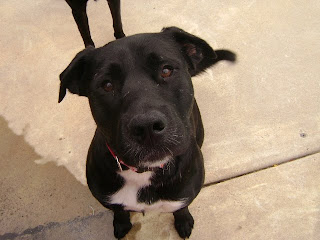
Last week was National Scoop the Poop week. (I know, we can’t believe we missed it either.)
It’s no one’s favorite chore, but it is an important one. In addition to unattended poo being a smelly eyesore, an environmental concern and a bottom-of-the-shoe mess waiting to happen, in many cities–including Minneapolis–picking it up is the law. The city requires that pet waste be picked up immediately.
This might not seem like a big deal, but it is–quite literally–a big deal. It’s a 3.6 billion pound deal. There are some 75 million dogs in the US creating a whopping 3.6 billion pounds of waste every year.
If you don’t scoop the poop, not only are you technically breaking the law (though to be fair, we’ve never heard of anyone being hauled away for failing to pick up after Spot), but you’re creating a potentially dangerous environment. When left on the ground, doggie poo eventually ends up in the water table, along with the poo’s bacteria, viruses, and microbes, making it a nasty environmental pollutant. Some studies have placed pet waste as high as third or fourth on the list of sources of bacteria in contamined waters. Pet waste can also cause illness in other pets and people, with small children who spend lots of time playing on the ground and touching their eyes and mouths without thoughts about being sanitary at the highest risk.
Whether your pup is a Yorkie or St. Bernard, a mutt or a purebred, every pup poops, and they can’t pick it up themselves. As their loving owners (and responsible citizens) it’s our solemn dooty.
Poo Scooping Tips:
Keep an eye on your pup’s diet–a healthier diet with less additives tend to lead to less icky poo.
Some dogs can be trained to do their duty at home before or after a walk, helping you out so you don’t have to carry around a bag of the good stuff until you find a trash can. But don’t be too discouraged if you can’t get Fido on a set schedule like this; some breeds need a little exercise to go number two.
Go eco-friendly and use excess plastic bags around the house to pick up the poo, rather than buying plastic bags for this purpose.
Breathe through your mouth :)















